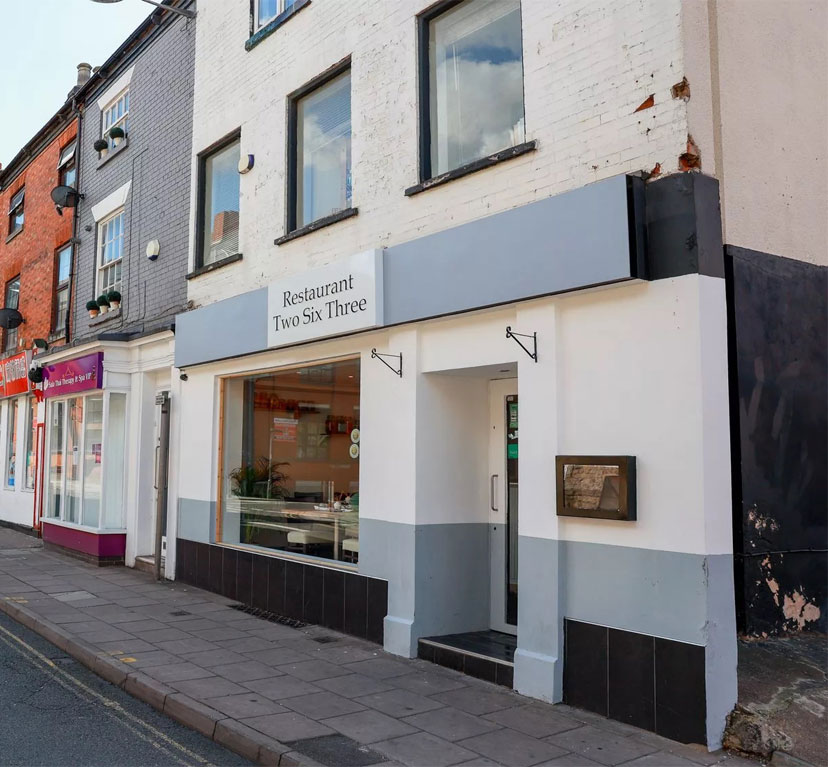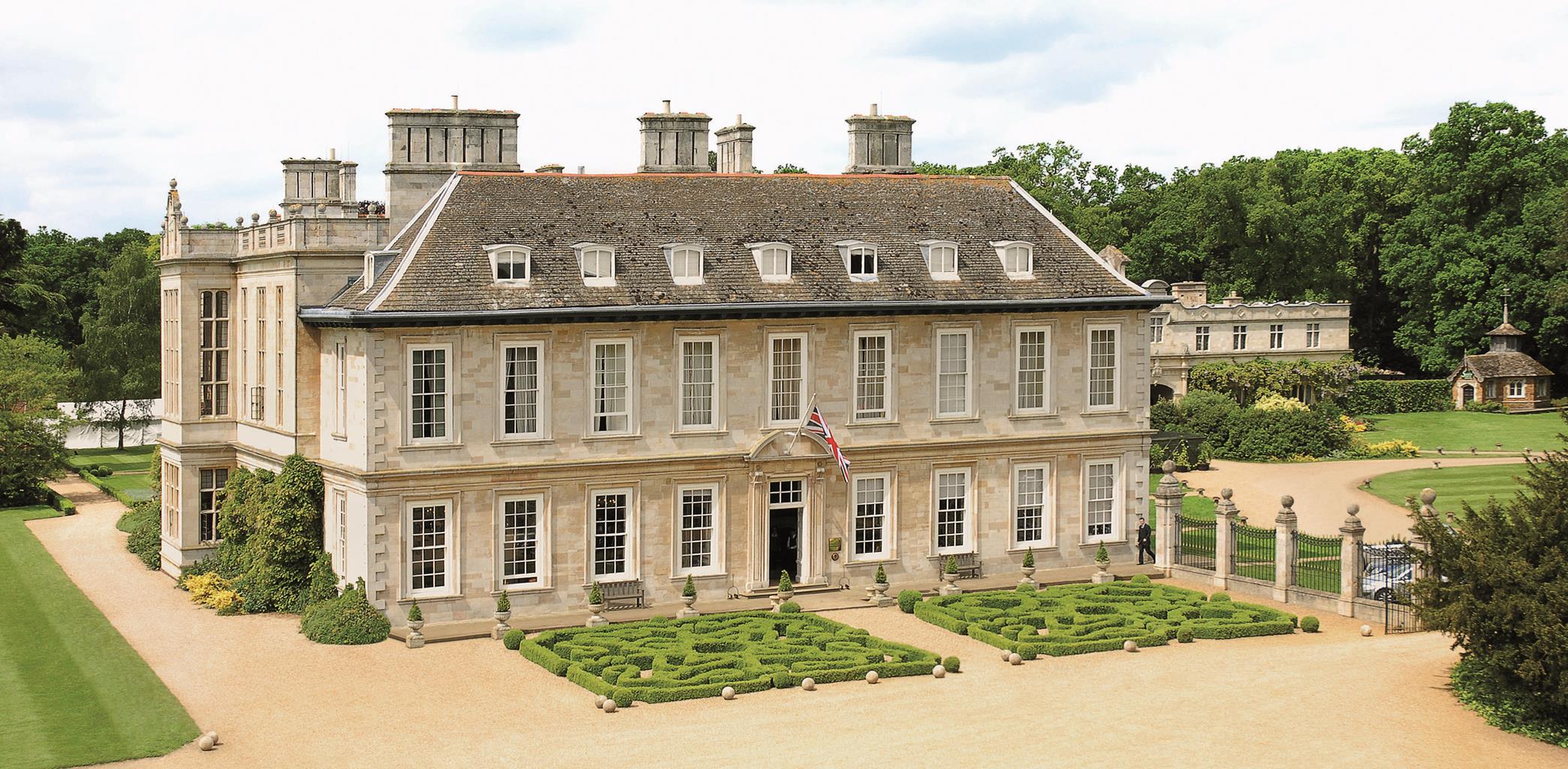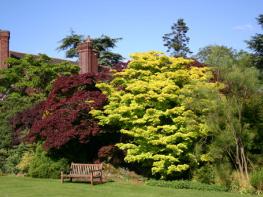A haven for lovers of coarse fishing and walking, this long-established leisure destination,…
Villages of the Wreake

A gentle wander through North Leicestershire's little-known Wreake Valley.
3.75 miles (6kms)
About the walk
The valley of the Wreake, west of Melton Mowbray, is a broad, low affair, whose rather meandering and dilatory river reflects the quiet and unhurried villages that line its route. Indeed, the name Wreake is believed to derive from an Old Norse word meaning twisted, probably given to it by early Danish settlers. Likewise Frisby's equally engaging village name has nothing to do with wacky playthings that you may remember from your childhood days, but instead is derived from the Frisians, who came from the other side of the North Sea to make their way up the Trent and Soar rivers before setting up camp in the Wreake Valley.
Frisby is a charming and handsome place, with a collection of fascinating period buildings including thatch and brick (and painted brick), as well as a little traditional ironstone, most notably the church. It's as pleasant on the eye as the well-kept pint of local ale at The Bell Inn is on the palate.
The old and rather battered-looking stone cross at the junction of Main Street and Water Street was originally a preaching cross, used by the Cistercian monks from nearby Launde Abbey, and later became a market cross. Latterly it's been moved back from the roadside after a few close calls with today's uncompromising traffic. Just along from here is Zion House, a thatched building dating from 1725, and once the home of a well-known highwayman. But he robbed one mail coach too many, and was hanged at Birstall, near Leicester, in 1797.
A tale of two churches
The most notorious vicar of Frisby's Church of St Thomas of Canterbury was Revd William Wragge. In the 1700s he turned Frisby into a short-lived Gretna Green by marrying couples without bothering to read the banns, and when he was finally apprehended and sentenced to transportation he pleaded old age and was let off scot-free.
St Thomas's neat and well-tended graveyard is matched by that of St Peter's at Kirby Bellars, further along the route, whose now sealed-up vaults were once the final resting place of various local knights. The village name partly derives from lord of the manor Roger de Beler, who founded a chapel in the church for priests, and in 1319 was granted permission to build an adjacent Augustinian priory. But this created local conflict and Roger was murdered by feuding family members a short time later. Dissolution in the 16th century meant the end of the priory, and all that remains today are some rough earthworks in a field north of the church. Fourteenth-century effigies of the murdered Roger de Beler and his wife can be seen in the south aisle of the church.
Walk directions
Walk eastwards along Frisby's Main Street, past the post office, and turn left into Mill Lane. After 50yds (46m) turn right between houses on a public footpath (denoted by a fingerpost bearing a footprint). Walk out across an open field, dropping slightly downhill, then go through a gate and ahead through the second field.
Ignore the turning down to the railway (left), but instead continue across further wide fields, with Ash Tree Farm away to your right. Despite the lack of a well-walked path the route is clearly indicated by a succession of yellow-topped signposts, until you arrive finally at a road.
Go across and continue through two smaller fields and via the kissing gate in the corner to reach the houses of Kirby Bellars. Turn left and walk down the lane to the church.
Continue down the narrowing lane, which twists left, then right, past a nursery. The track emerges into an open field where you should turn left and follow the clear path across the meadow. Go over a stile by a lifebuoy for a leafy path along the causeway across Priory Water, former gravel pits now run as a nature reserve. At the end go ahead over more stiles, as the path veers left and follows the bank of the River Wreake. It then winds its way through a copse to end at the road bridge into Asfordby.
If you want to visit Asfordby turn right and take the surfaced pathway off to the right on the far side of the bridge. Otherwise cross the road (but not the bridge) for the path opposite, which initially shadows the river then strikes out diagonally left across two fields. Aim for the far corner of the second, with the spire of Frisby church just in view above the treetops ahead of you.
Turn right and walk along a narrow, grassy field parallel with the railway, then negotiate the railway via the pedestrian crossing. Follow the lane on the far side until it bends left. Here go right into Carrfields Lane, then left via a short alleyway and another quiet back street to reach Church Lane. Turn left and follow this back to the Main Street. The entrance to the church is via the side of the old school building.
Additional information
Pasture, ploughed fields heavy if wet, many stiles
Gentle, open river valley of fields and woodland
Under close control around livestock, heavy stile count
OS Explorer 246 Loughborough
Roadside parking on Main Street or Water Street, Frisby
None on route (nearest in Melton Mowbray)
WALKING IN SAFETY
Read our tips to look after yourself and the environment when following this walk.
Find out more
Also in the area
About the area
Discover Leicestershire
Leicestershire is divided between the large country estates of its eastern side and the industrial towns of the East Midlands to its west. Coal mining was an important part of the county’s industrial development in the 19th and 20th centuries. This is reflected in its heritage, including a reclaimed mine near Coalville, now divided between a nature reserve and Snibston Discovery Park, where families can learn about the mining industry. Meanwhile, agricultural areas are concentrated around the pleasant market towns of Market Harborough and Market Bosworth.
The county’s administrative centre is the city of Leicester, and other major towns are Loughborough, which includes bell-founding among its many industries, and Melton Mowbray, home of Stilton cheese and a particularly English item, the pork pie. One shop in Leicester has been specialising in this meaty delicacy since 1851. Northeast of Melton Mowbray is the lovely Vale of Belvoir, beneath which are large deposits of coal.
Charnwood Forest, with fewer trees than one would expect, provides a wild and rugged landscape conveniently situated for escape from the city. It lies to the northwest of Leicester extending to Loughborough and Coalville, with some interruptions.
Nearby stays
Restaurants and Pubs
Nearby experiences
Recommended things to do
Why choose Rated Trips?
Your trusted guide to rated places across the UK
The best coverage
Discover more than 15,000 professionally rated places to stay, eat and visit from across the UK and Ireland.
Quality assured
Choose a place to stay safe in the knowledge that it has been expertly assessed by trained assessors.
Plan your next trip
Search by location or the type of place you're visiting to find your next ideal holiday experience.
Travel inspiration
Read our articles, city guides and recommended things to do for inspiration. We're here to help you explore the UK.













